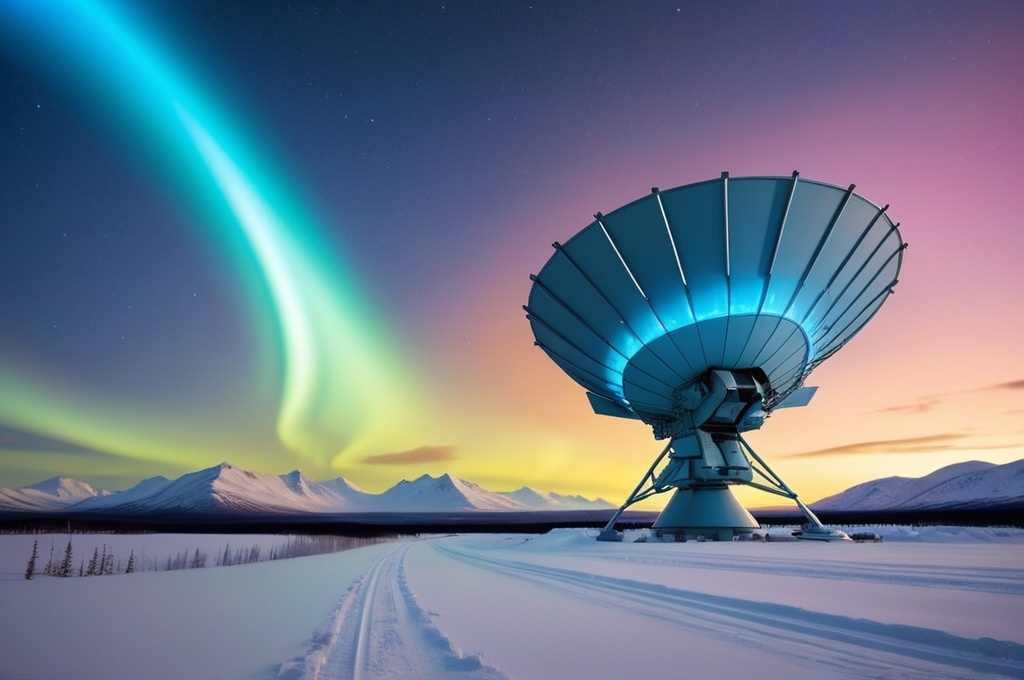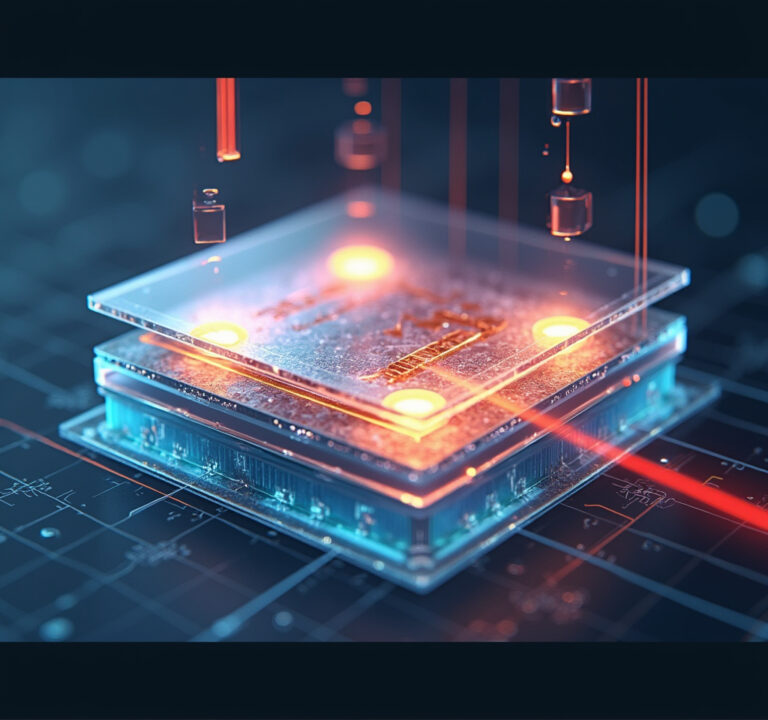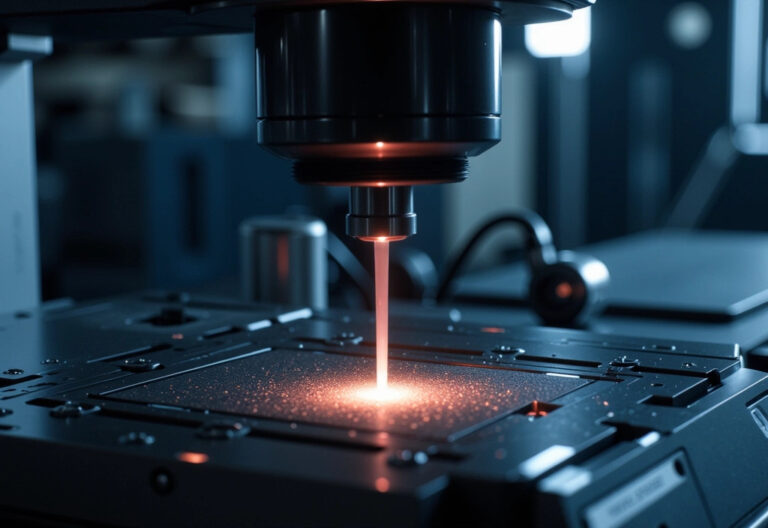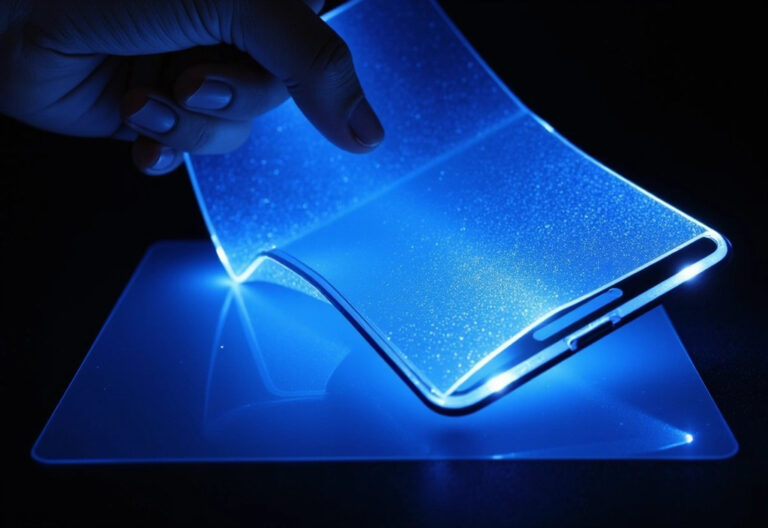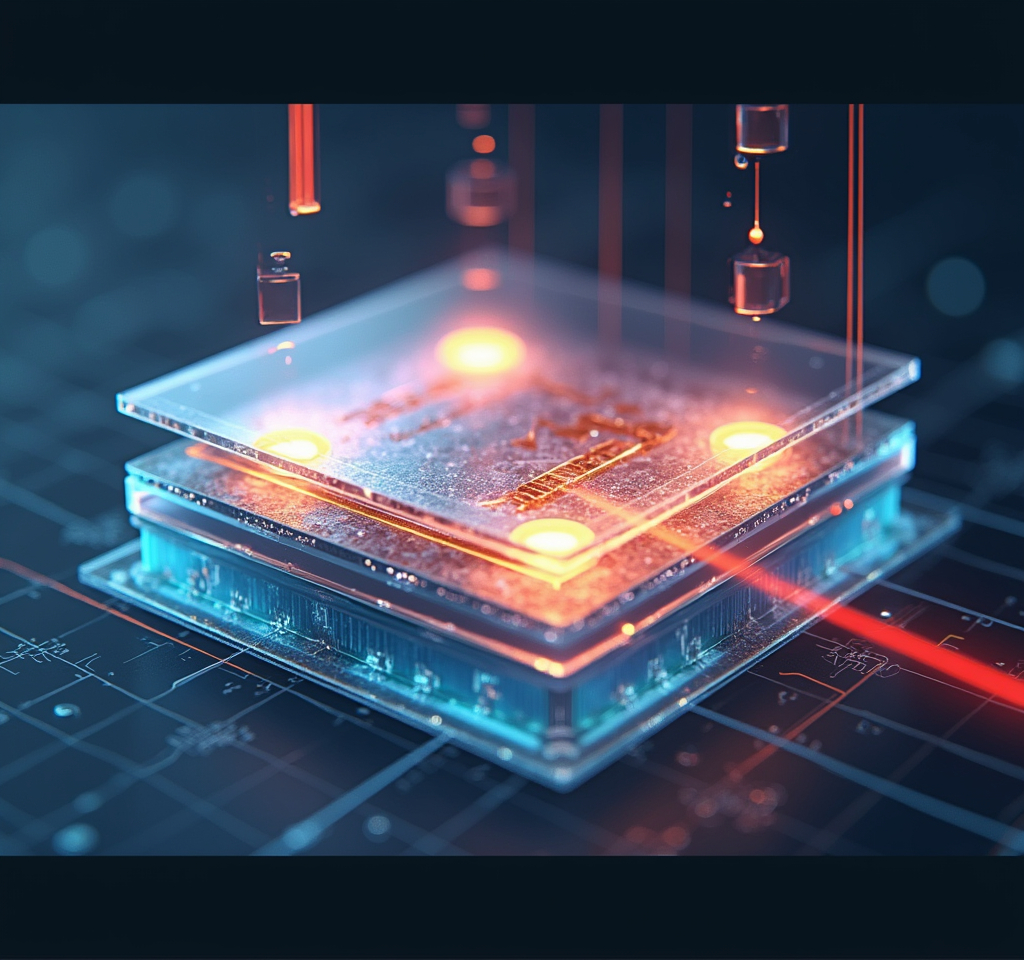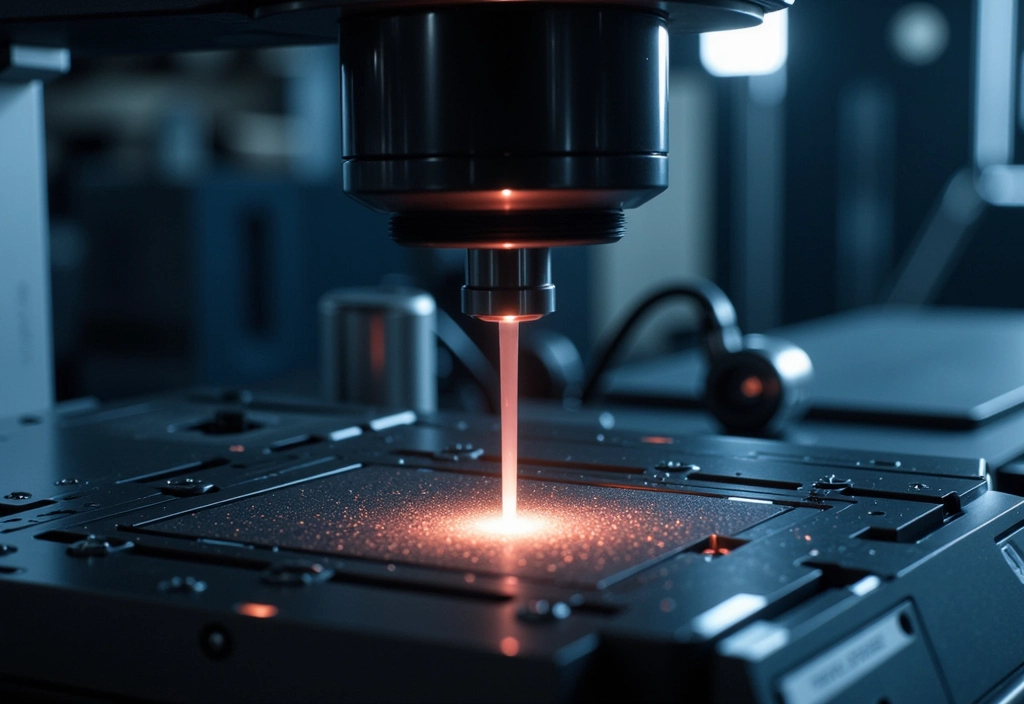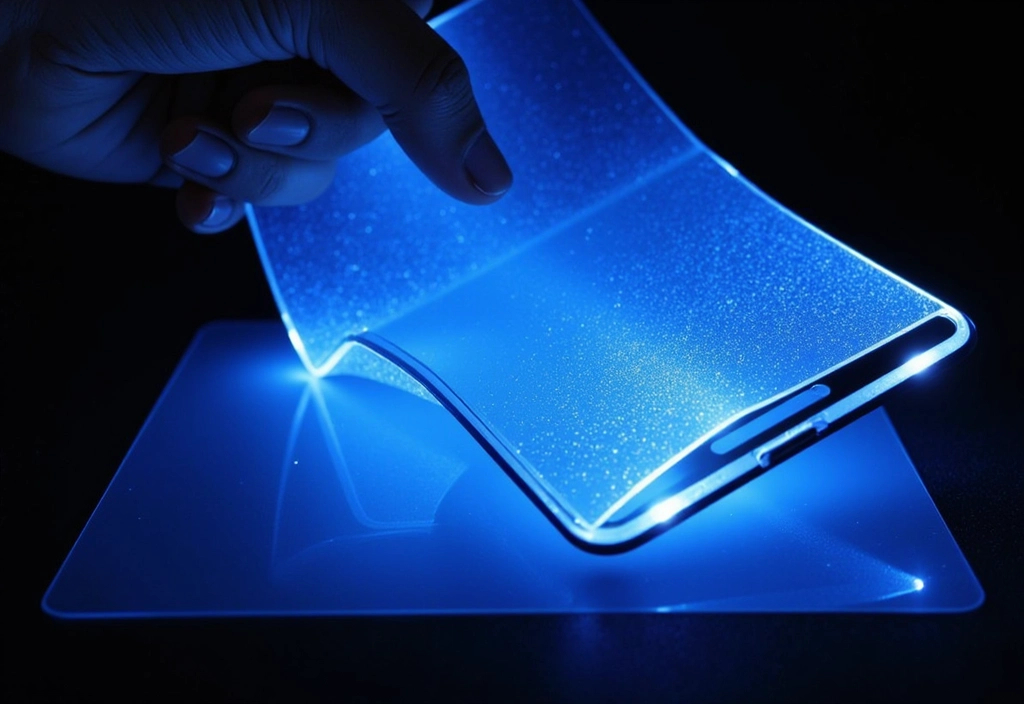Introduction: A New Era in Missile Defense
The Long Range Discrimination Radar (LRDR) is a game-changing technology developed to enhance U.S. missile defense capabilities. As global threats evolve, nations require advanced detection systems to counter ballistic and hypersonic missiles. The LRDR, developed by Lockheed Martin, is a next-generation radar system that strengthens the U.S. defense strategy by offering unparalleled detection, tracking, and discrimination of potential threats.
But beyond military applications, could LRDR pave the way for new breakthroughs in space exploration, asteroid tracking, and even quantum radar? Let’s explore its current capabilities and future possibilities.
What Is Long Range Discrimination Radar (LRDR)?
The LRDR is an S-band radar designed to identify and track incoming ballistic missile threats with extreme precision. It integrates Gallium Nitride (GaN) semiconductor technology, enabling it to operate at high power while maintaining efficiency.
Key Features of LRDR
✅ Enhanced Detection & Tracking – Detects and tracks objects across vast distances, even at hypersonic speeds.
✅ Discrimination Capability – Differentiates actual warheads from decoys or debris, improving missile defense accuracy.
✅ Multi-Mission Functionality – Can operate against traditional ICBMs (Intercontinental Ballistic Missiles) and new-age hypersonic glide vehicles.
✅ Resilient to Electronic Warfare – Advanced jamming resistance ensures functionality in contested environments.
LRDR is located at Clear Space Force Station in Alaska and will work alongside the Ground-Based Midcourse Defense (GMD) system to provide early warning and interception guidance.
How LRDR Enhances Missile Defense
Missile defense depends not just on shooting down threats but also on accurately identifying what to intercept. Traditional radars struggle to distinguish between actual warheads and decoys. LRDR’s advanced algorithms and high-resolution tracking solve this problem, ensuring interceptors engage only genuine threats.
According to Lockheed Martin, LRDR is 100 times more sensitive than previous radar systems, making it a cornerstone of future missile defense architectures (Lockheed Martin, 2024).
Future Possibilities Beyond Missile Defense
While LRDR is primarily a military asset, its capabilities could revolutionize civilian and scientific applications. Here’s how:
1. Space Situational Awareness (SSA) and Asteroid Defense
- With its ability to track fast-moving objects across vast distances, LRDR could be repurposed to monitor space debris, asteroids, and near-Earth objects (NEOs).
- The radar’s precision could enhance early warnings for potential asteroid impacts, aiding agencies like NASA and ESA in planetary defense.
2. Quantum Radar and Stealth Detection
- Future integration with quantum sensing could make LRDR immune to stealth technology, as quantum radar can detect objects previously invisible to traditional systems.
- This would change aerial warfare, making stealth aircraft and submarines more vulnerable to detection.
3. Advanced Weather and Climate Monitoring
- LRDR’s high-resolution capabilities could be adapted for tracking extreme weather events, such as hurricanes, tornados, and atmospheric disturbances.
- Military-grade radar systems have historically influenced meteorology (e.g., Doppler radar), and LRDR could push these advancements further.
4. Deep Space Exploration & Exoplanet Hunting
- If modified for astronomical purposes, LRDR could assist in detecting exoplanets, cosmic radiation, or even alien megastructures (hypothetically).
- The idea of high-frequency radar telescopes isn’t new—LRDR could be a stepping stone for next-gen radio astronomy.
Challenges and Ethical Considerations
Despite its promising capabilities, LRDR faces some challenges:
- Cybersecurity Risks – As a highly networked system, LRDR could become a target for cyber threats.
- Arms Race Concerns – The development of advanced radar and missile defense may escalate geopolitical tensions.
- Cost & Scalability – The system is expensive ($1.5 billion), and deploying similar radars globally may be financially impractical.
Conclusion: A Technological Leap for Security and Science
The Long Range Discrimination Radar (LRDR) is a transformative innovation in missile defense, offering unmatched detection and tracking abilities. While its primary role is national security, its future applications in space exploration, climate monitoring, and even quantum radar could redefine technological frontiers.
As threats evolve, so too must our defenses—and LRDR is a powerful step toward a safer, more advanced future.
Sources & Further Reading:
Check out the cool NewsWade YouTube video about this article when you can!

